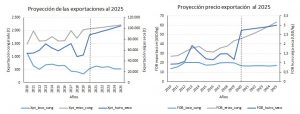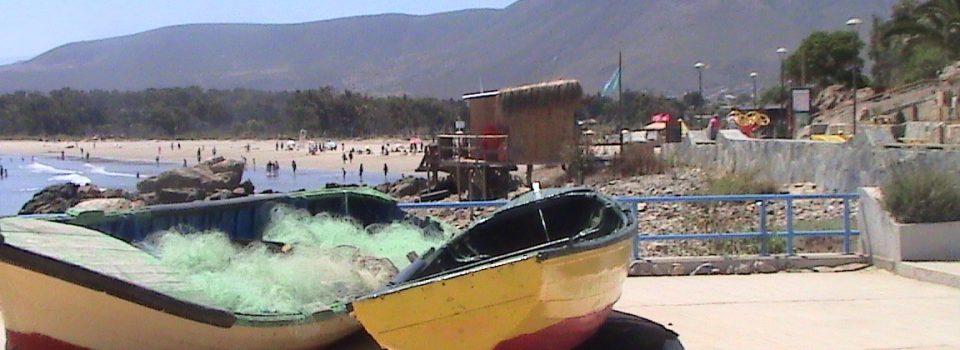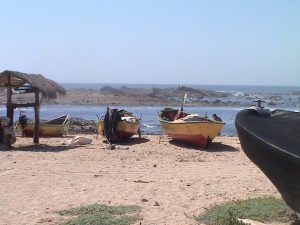Management Areas regime Economic Diagnosis.
November 23rd, 2020Benthic Resources Management and Exploitation Areas (AMERB) are a fisheries administration regime that assigns exclusive rights to use and exploit benthic resources (invertebrates and algae) to legally constituted Artisanal Fishermen Organizations (OPA). Since its inception, it has meant a relevant administrative change, which recognizes in fishermen’s organizations their collaborative capacities to take on tasks of co-management, thereby favoring hydrobiological resources conservation and encouraging sustainable and environmentally friendly practices.
IFOP, in its advisory role to Fisheries and Aquaculture Undersecretariat (SSPA), for fisheries sustainable management , under precautionary and ecosystem approaches, has responsibility of providing timely and reliable data and information to this public agency, which is operationalized through permanent research programs execution, among which is “Fisheries Monitoring Program under Management Area Regime”, which annually evaluates administration regime performance and prepares proposals for its continuous improvement, in which their economic situation has been studied and diagnosed.
Of its main results, in general terms, the regime has been successful from the economic point of view, presenting a growth rate in its landings and gross income of the order of 6% per year for the last eight years; where 68% of the areas presented income above costs, being an activity that contributes to fishermen income and generates economic incentives necessary to favor conservation of natural capital corresponding to benthic resources.
However, the regime presents a set of difficulties associated with its economic development, such as a significant illegal activity presence, which in the case of the chilean abalone resource (Concholepas concholepas), reaches levels equivalent to extracting between 79% and 122% of the total allowable fees; the low expectations in the export markets for the main resources extracted, as a result of international competition, generate uncertainty in economic growth in the medium and long term. In this sense, the projections made for chilean abalone, hedgehog and huiros resources show growth rates in FOB price and export volume between -2% and 7% (see figure), a situation that may condition the development expectations of the regime, if its growth is sustained by the ups and downs of international demand.

I understand that AMERBs are complex socio-ecological systems, it is necessary to analyze Management Area Regime considering different subsystems or factors that intervene in their development, in such a way that it facilitates decision makers in the application of precautionary approach and ecosystem, for the conservation and sustainable use of hydrobiological resources. In this way, in the study of the 2019 Monitoring Program, it is proposed to prepare a Development Strategy for the AMERB regime, focused both on the capabilities that users present (OPA), as well as the characteristics and potentialities they possess. the localities where they are located. The purpose of the strategy is to establish goals and objectives expected by the public administration, granting criteria that allow planning the actions required to fulfill this purpose, in addition to focusing public investment efforts on the generation of productive capital and the reduction of gaps that presents the artisan sector ascribed to the AMERB Regime.
To review the document, click on the following link:
http://190.151.20.106/exlibris/aleph/a23_1/apache_media/8I86D2JQYB8DRYB1VUE8GRSN6AEYTQ.pdf

